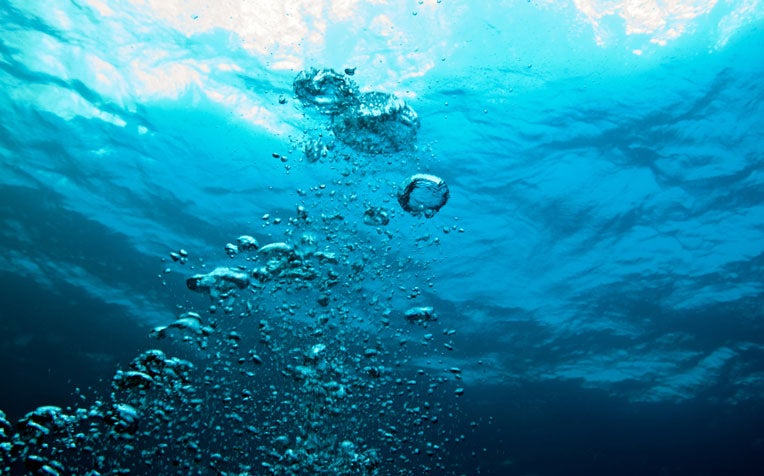HealthXchange will NEVER ask you to transfer money over a call. If in doubt, call the 24/7 ScamShield helpline at 1799, or visit the ScamShield website at www.scamshield.gov.sg.
What Is Drowning?

Drowning occurs when a person lacks oxygen while in water.
Unlike movies, drowning in real life is silent as victims drown silently due to a lack of oxygen.
Unlike in the movies where drowning victims are seen flailing their arms and shouting for help, real drowning victims stay quiet as they are struggling to breathe. They may try to “grab” the water surface in order to keep themselves above water.
“To the untrained eye, drowning victims may appear like they are doing the dog paddle when in fact, they are quietly drowning,” says Dr Wee Choon Peng Jeremy, Consultant, Department of Emergency Medicine, Singapore General Hospital (SGH), a member of the SingHealth group.
The Singapore Life Saving Society reported that 48 cases of death by drowning were heard in the coroner’s courts in Singapore in 2012 (some of these deaths occurred the previous year). About two-thirds of victims were males.
Drowning leads to lack of oxygen
During drowning, water enters through the nose and mouth and causes the person to initially gasp for air and swallow small amounts of water. What follows is the natural reflex to hold one’s breath before the urge to inhale becomes overwhelming.
What happens next can either be “dry drowning” or “wet drowning”.
In dry drowning, water reaches the voice box and triggers laryngospasm which completely closes the airway. The person is unable to breathe air in and gets asphyxiated.
In wet drowning, the laryngospasm is only partial, so water enters the lungs and renders them incapable of performing their function of oxygenating the blood.
In both cases, the person ultimately dies from a lack of oxygen.
What is delayed drowning?
Delayed drowning, or secondary drowning, may occur to near-drowning victims within 8 hours after they have been rescued, due to a small amount of water remaining in the lungs. The resultant pulmonary oedema can lead to pulmonary failure and death.
Delayed drowning may not show symptoms, so you should always see a doctor to be safe. Possible symptoms of delayed downing, if any, may include the following:
- Persistent cough
- Chest pain
- Difficulty breathing / shortness of breath
- Shallow breathing
- Extreme fatigue
“Always seek emergency care even if the person appears fine after having been rescued from drowning. There is a risk of delayed drowning and even in the well looking person, there is a need for assessment and observation,” says Dr Wee.
Read on to learn what to do when you see someone drowning or experience it yourself.
Ref: S13
Contributed by
Related Articles
Public Events
Get the Health Buddy App
© 2025 SingHealth Group. All Rights Reserved.


















 Get it on Google Play
Get it on Google Play